The "2018 International Micro LED Display Conference” was held by Taiwan Display Union Association (TDUA), at Touch Taiwan 2018 where a special booth for Micro LED/ Mini LED products solutions was set up. This booth has showcased a wide variety of items including the solutions, key components, manufacturing materials, mass transfer technology equipment, AOI inspection equipment and driver IC for Micro and Mini LED products. The conference was held on August 30, 2018, in two sections. Section one focused on the latest development trends of Micro LED display technology. International players such as AUO, Lextar, eLux, X-celeprint, Veeco and Nation Star have shared their perspectives and insight towards light source, backplane and mass transfer technology with the audiences.
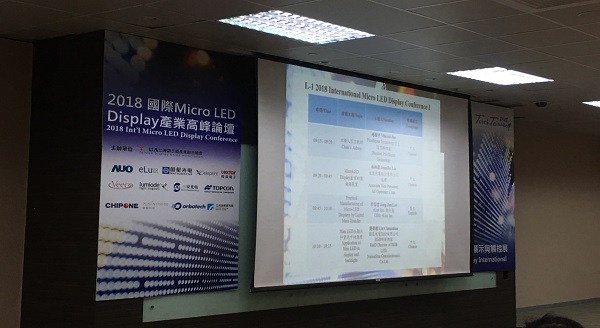
Jennifer Lin, AVP of advanced technology research center from AUO, said that with the characteristics of high illumination, extraordinary color saturation and extremely small size, Micro LED display can be widely applied to micro-display and wearable devices which requires high illumination and transparent display. Yet, currently there are difficulties for mass production due to the high cost and other obstacles. According to Lin, the cost of Micro LED display will be effectively lowered to be commercialized if the price of LED chip decreases and the capacity of LED chip reaches at least 10 million units per hour (UPH).
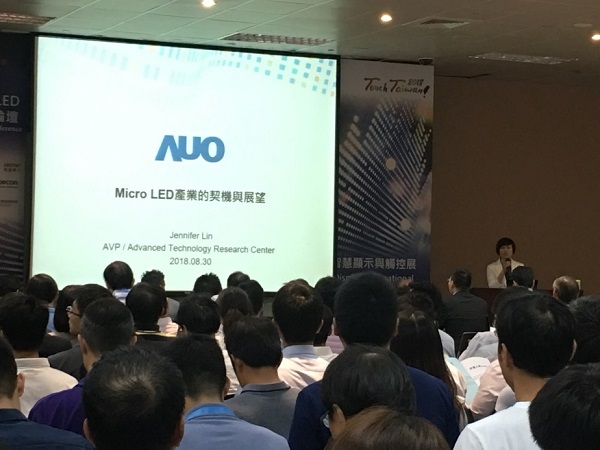
JJ Lee, the CEO of eLux, pointed out that low UPH in the current Micro LED transfer technology was the reason for its high cost. With its fluid transfer technology, eLux could make UPH around 40-50 million, decreasing the manufacturing cost and speeding up the mass production goal of Micro LED display. In the future, this technology will be applied to LED chips sized 20-100 micrometers.

The director of R&D division at Nation Star, Mark Liu, said that the company has been dedicated to Micro LED technology. It is expected that the pitch size of LED with COB (Chip on Board) will be minimized in the future to meet the requirement of thinning backlight module. Liu also indicated several issues of Micro LED that need to be solved, including big amount of LED usage, high cost, low homogeneity of wavelength, low yield rate and repair difficulty.
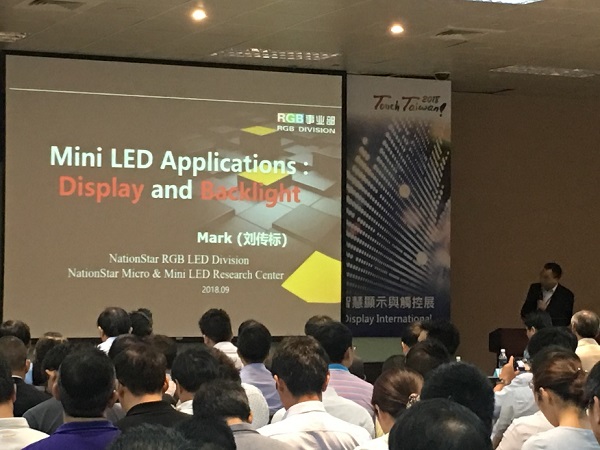
Tzong Liang Tsai, director of R&D division in Lextar, said that the chip size for Micro LED display can reach around 10 micrometers. Meanwhile, Mini LED chips with around 100 micrometers can be applied to displays or backlight applications. LED pitch is expected to be smaller than 0.5mm to meet the requirement, which can effectively upgrade the resolution. Apart from LED chip design, Lextar is also devoted to the solution of color conversion. The applications of RGB chip and QD materials have already achieved BT2020 90% wide color gamut.
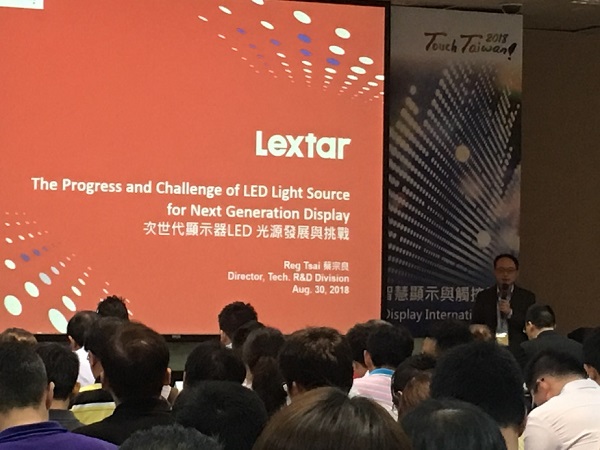
Matt Meitl, CTO of X-Celeprint, noted the technology challenges that Micro LED has faced such as transfer process, LED efficiency, driver and repair technology. Meitl mentioned that the LED efficiency EQE has reached 30% for chips sized smaller than 10 micrometers. Meanwhile, X-Celeprint has showcased a 5.1-inch full-color display.
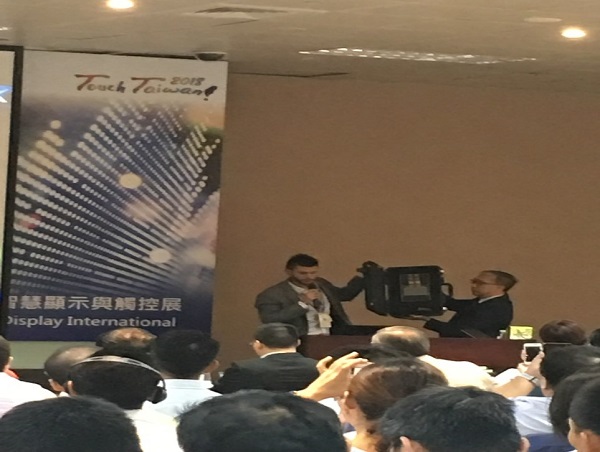
Somit Joshi, head of Veeco marketing, mentioned that the size of Micro LED is very small and it is difficult to select from numerous chips. He thus propose that by increasing the wavelength uniformity on the wafer to 1-2 nm at epitaxy growth stage, the cost of reducing color shifting and repairing can be cut down.
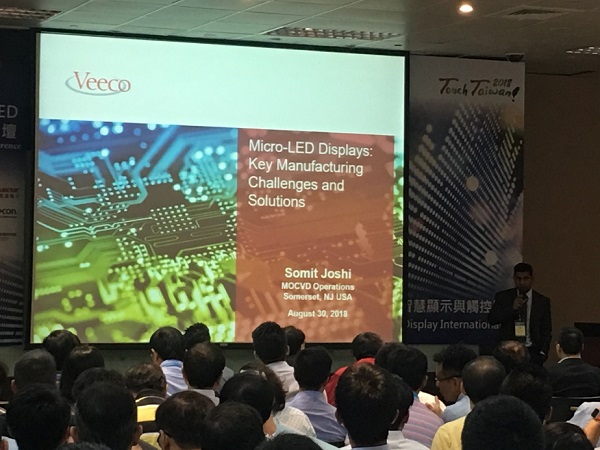
A panel discussion was arranged by TDUA to collect the latest Micro LED industry information. Domestic and international experts and audiences have interacted directly to share their understanding of Micro LED technologies including its mass production issues. The discussion and interaction have been part of the force to push the progress of Micro LED display industry.
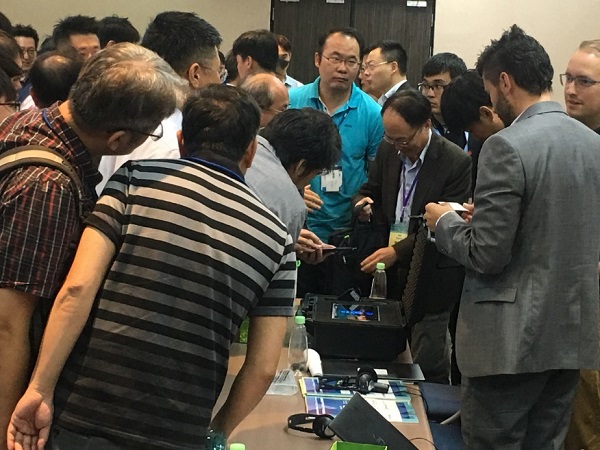
(By Max / LEDinside)





 CN
TW
EN
CN
TW
EN













